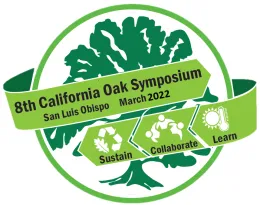21st Century Management Strategies for Managing California Oak Populations

Victoria L. Sork, University of California Los Angeles, Department of Ecology and Evolutionary Biology
Jessica Wright, USDA Forest Service, Pacific Southwest Research Station
Oaks are an ecosystem foundational genus that comprise more biomass and species in the Northern Hemisphere than any other tree genus. Managing oak populations in the 21st Century, whether on private or public lands, has become increasingly challenging due to human-caused problems, such as introduced pathogens and pests, destruction and fragmentation of habitats, and the changing environment due to climate warming. For some of these problems, traditional management strategies, such as protecting remnant stands or preventing further spread of those pathogens and pests, are useful to preserve existing oak populations. However, at many locations, restoration ecologists and forest managers often need to replant, and they often do so with local seed sources because they are more likely to be adapted to those environments. But, with climate change, assisted population migration using seed from warmer climates may help establish tree populations adapted to future conditions. In the 21st Century, genetic and genomic tools offer new ways to assess the health of fragmented populations and the vulnerability of populations to climate warming. In this talk, we will review several genetic approaches, including: genetic diversity analysis, landscape genetics to identify barriers to gene flow, landscape genomics to identify spatial patterns of adaptive genetic variation, and experimental gene expression to identify genes associated with drought response. We will then discuss the use of genomic tools, provenance data and climate modeling to inform future management strategies. Given the increased need to preserve, manage, and restore oak populations in predicted future warmer, drier conditions, we will address how each approach could generate evidence that could be used in a genome-assisted gene flow strategy to improve tree growth and fitness. In the end, we will comment on the extent to which genome-based, climate-based, or other methods will be the best tools to inform management of private lands.
